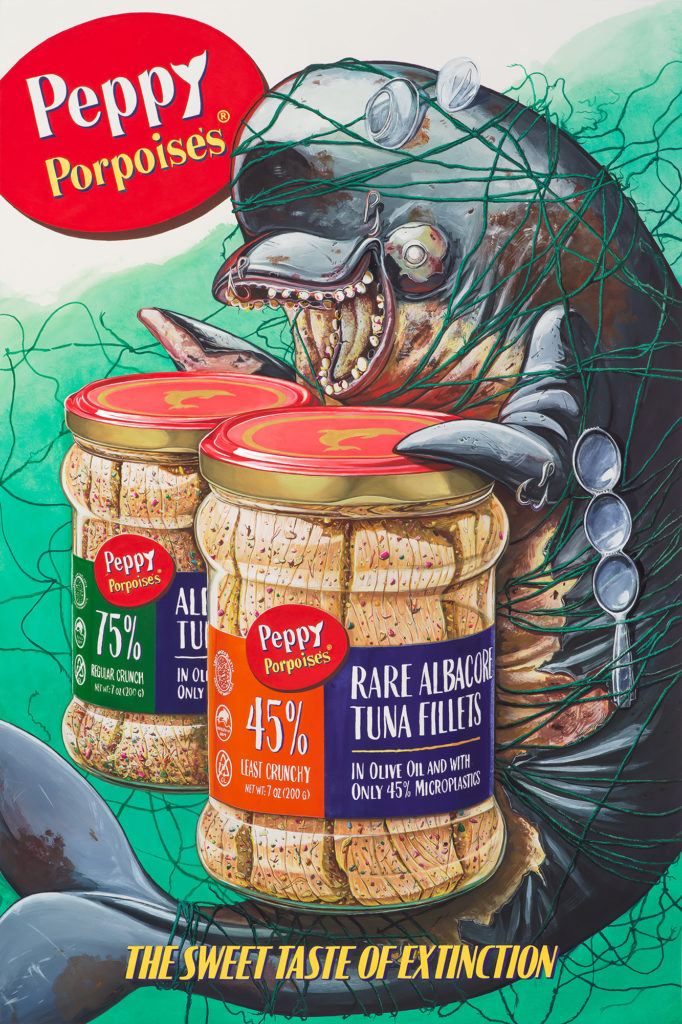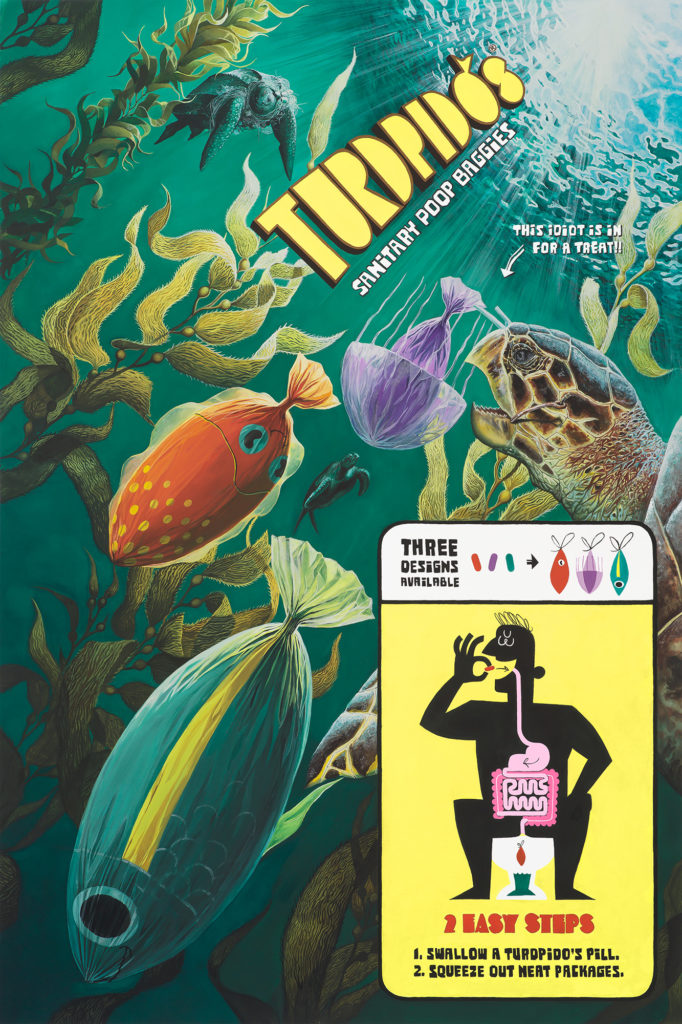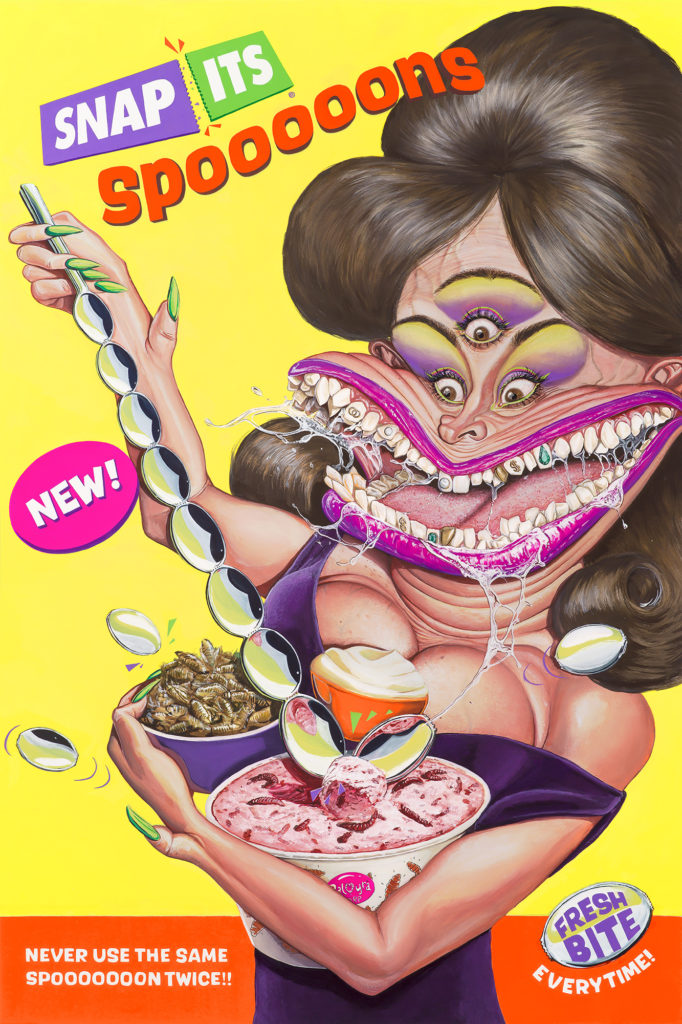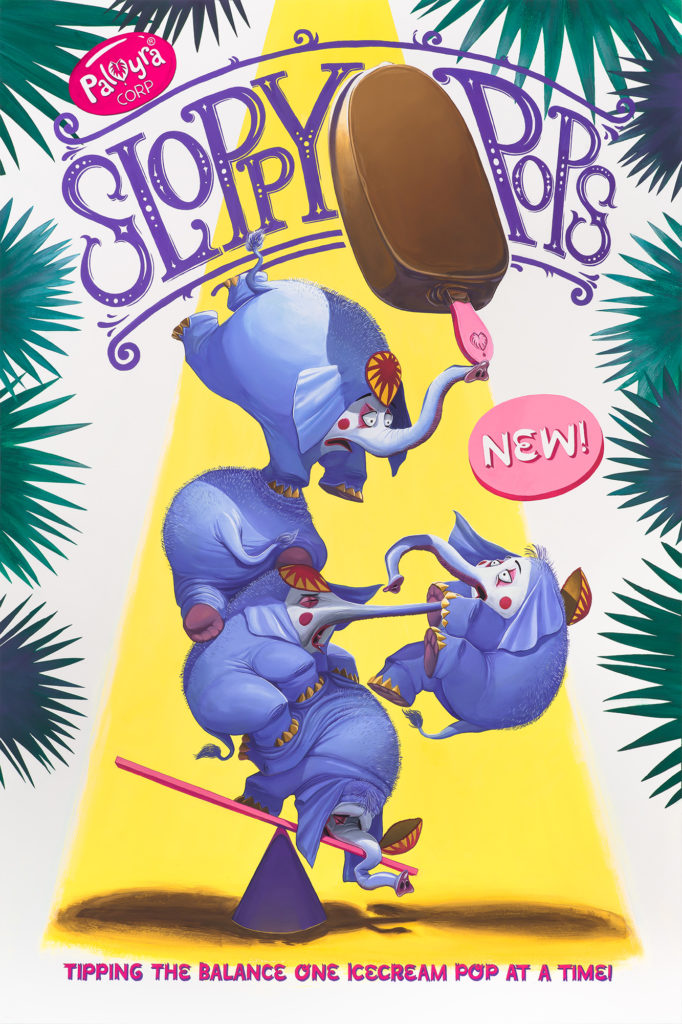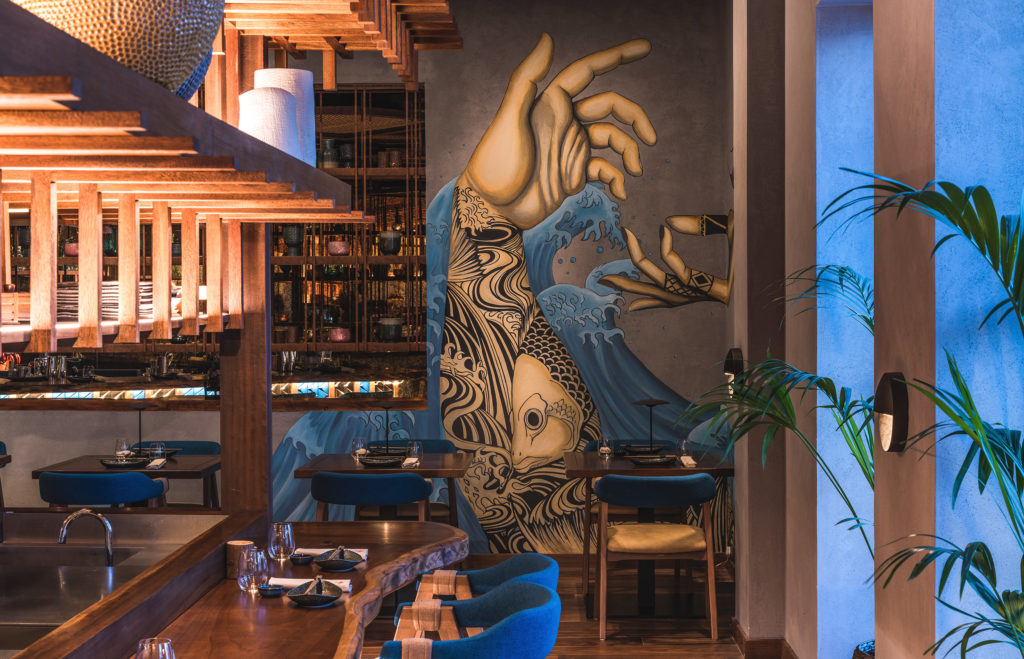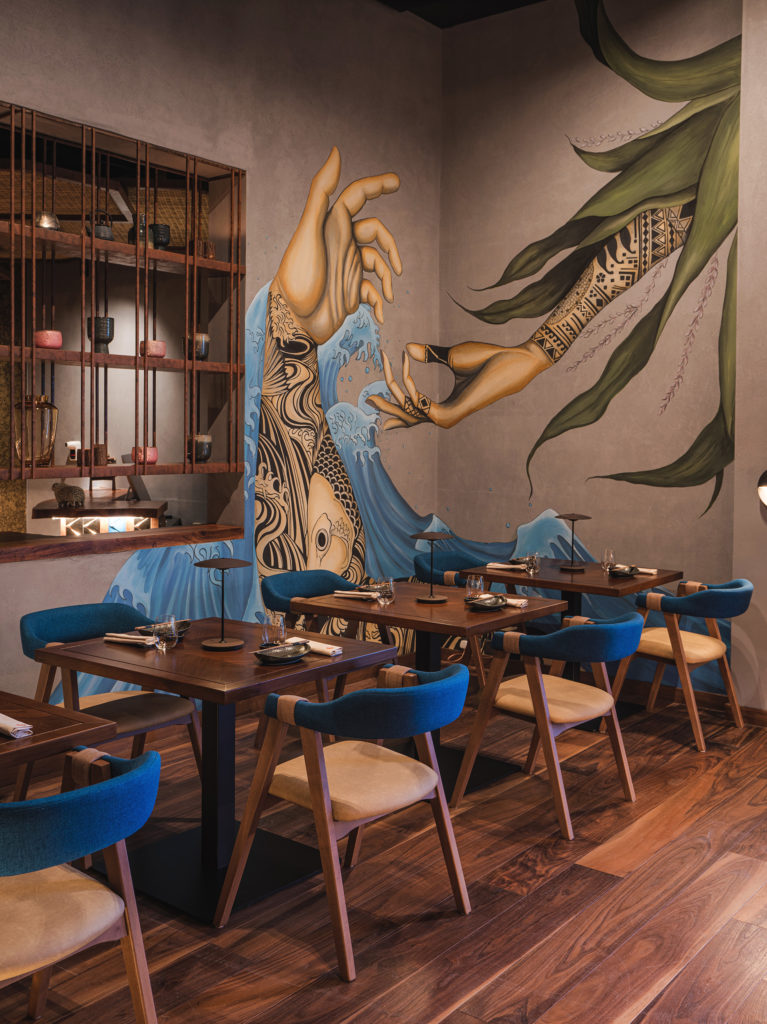Words: Saira Malik & Obadah AlJefri
Images: Raghad Alahmad & Obadah Aljefri
Obadah Aljefri is a multidisciplinary visual artist originally born in Jeddah, Saudia Arabia and currently based between Riyadh and Jeddah. He returned back home from the United States of America, after completing art school in Savannah, Georgia and then moving to Chicago, Illinois to work as a freelancer on several projects for another year. His creative work, which takes the form of illustrations, drawings, and other mediums focuses around an array of concepts—from environmental issues to consumerism—plaguing our modern society. He uses humor and sarcasm to connect with his audience and the result is intricate and powerful.
Obadah recently spoke to us regarding his work, passion, and future plans. His authentic tone and thoughtfulness in his answers speak for themselves, and are a reflection of his love for what he does so brilliantly.
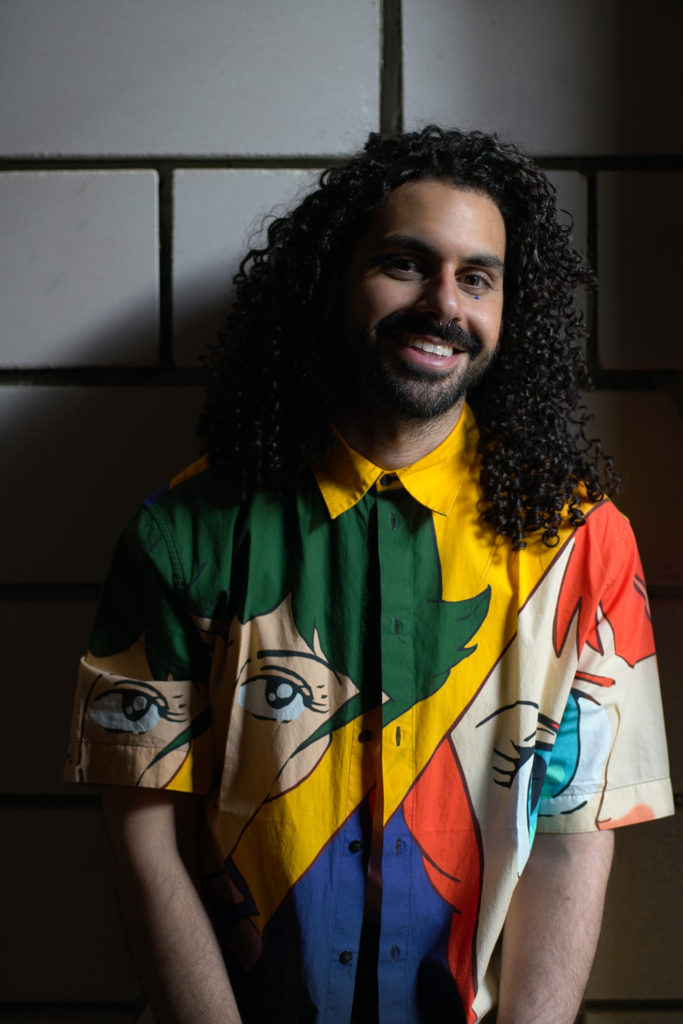
Saira Malik (SM): What influenced you to pursue a career in art and leave Jeddah to study at the Savannah College of Art and Design in Savannah, Georgia?
Obadah Aljefri (OA): In short, Passion, ambition, and lack of opportunity. I always knew that I wanted to pursue art as a career. Whenever I was asked what I wanted to be when I grew up, without hesitation I always replied, “an artist.” Growing up, both my mother and my eldest sister were a huge inspiration for me. My mother was always working on a different project—
ranging from embroidered pillows and home accessories to garments made out of recycled materials, hair accessories, and baking elaborate desserts and sweets. And my sister, she was always painting or designing her own garments.
Being in such a skillful and creative environment allowed me to experiment with different media and try out different techniques before ever taking any courses in art. Because Saudi did not have any art programs, and especially not for males, applying to art schools abroad was a no-brainer. SCAD’s name kept coming up whenever I was researching schools and art programs.
After getting accepted, and while I was taking an English course at Kaplan in Washington D.C., I went to visit the schools that I got accepted in and SCAD was the winning choice for multiple reasons. The main reason was the flexibility of their programs which allowed me to explore different courses and across many majors. My understanding of art has been transformed through my educational experience. One of my professors, Prof. Timothy Jackson, explained art as an aesthetic experience that is meant to inform and transform. This is what I aim to achieve with the work that I create; creating transformative experiences that inform viewers about the topics I discuss in my work.
SM: What is your process from start to finish, when you create art and out of the different mediums you are trained in, which one do you prefer the most?
OA: I begin with a word map; I write and write until words trigger visuals. I then start sketching and doodling based on the visuals that were materialized in my mind. Then I begin conducting my visual research by creating a mood board—having a combination of online references and photographed references. After that, I create a refined composition (a step further past a ‘sketch’). I edit and refine the comp a little bit more. I introduce some color at this point but very loosely to test out the best color combination before moving forward. At this stage, if needed, I invite critique and feedback by a handful of close friends and family members. I reflect on the critique and edit the work some more. I repeat the last few steps as needed. Then I start working on the final artwork and refine as I go until the work is ‘completed.’
For painting, my favorite medium is Gouache and watercolor and for sculpting I really enjoy working in clay and felt. That being said, I do enjoy combining different techniques with one another because I get bored very quickly.
SM: How do you use your work to comment on the social, economic, environmental, and cultural constructs of our modern society?
OA: I employ a great deal of sarcasm and humor in my work. I enjoy juxtaposing contradictory elements to create perplexing visuals. Oftentimes the visuals I create are manifestations and visual metaphors for different issues exploring the willful ignorance and the rationalized beliefs we adopt within the different cultures we subscribe to socially. As an artist, I believe it is imperative for me to reflect on these issues to bring awareness into our collective consciousness. I also believe that it is one of an artist’s main roles within a culture, society, or time to reflect the realities of their surroundings, no matter how ugly those realities are.
SM: What personal experiences in your life have inspired your work?
OA: I am not so sure how to answer this question because I feel like everything is connected. Perhaps being on the outer margins of every social circle I join has allowed me to empathize with others and those whose voices are not necessarily heard or understood. This might have influenced the topics I choose to tackle in my work.
SM: You were born and raised in Jeddah and then moved to the United States of America for your education and have stayed there since and therefore have a multicultural background. What impact has living abroad as a Saudi had on your work?
OA: Coming from a previously artistically deprived country, I was hungry to absorb as much art and creativity as possible. I think this curiosity has driven me to try and experiment with disciplines that I otherwise would not have been as driven to explore; it is the same level of excitement a 3-year-old would have if they were given access to endless cupboards filled with crayons, markers, pencils, sticks, paints, brushes, clays, and other tools, and were told they can make whatever they want with those tools.
Censorship and social taboos that were hindrances for me as a young artist have also allowed me to come up with smarter ways to work around certain topics and to communicate ideas in a minimalistic manner. Everything I include in one of my artworks is there for a specific purpose. One of the main take-aways I learned from participating in a communications program and having come from a middle eastern country is the ability to communicate ideas in a universal visual language; there are more similarities among world cultures than there are differences. I was challenged to communicate ideas because what was common sense to me was not necessarily common sense to my peers or professors.
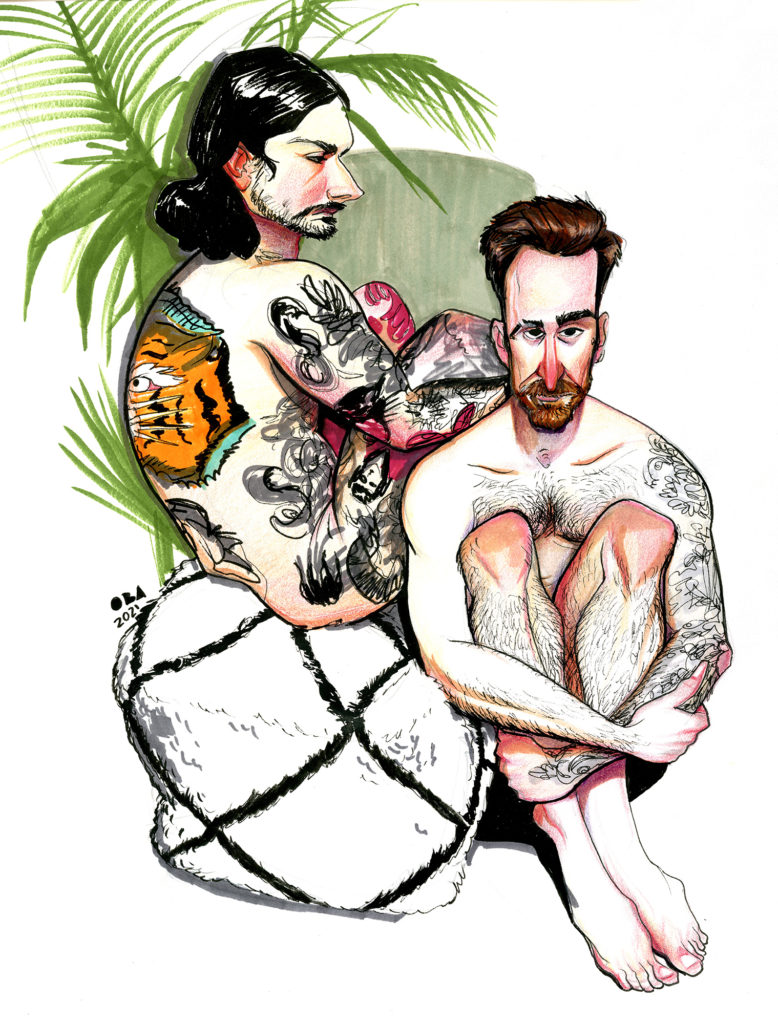
SM: Can you talk to us about (Non-)Perishable (2020) where you used satire to draw attention to the excesses in our society. What did you want the audience to feel and take away when they viewed your work?
I want to draw the viewers’ attention to the horrors we are committing towards our environment while padding these realities with satire. In the form of advertisement posters, the paintings are meant to make you laugh whilst leaving you with a sense of impending doom that makes you want to cry on the inside. The reality of the conditions of our planet today are very concerning and this topic along with many other issues can be overwhelming to process, this is why I chose to use humor as a mode of communication. By showing the average person how we are collectively harming the planet, we can start to make educated and purposeful decisions when it comes to our consumption habits. Our future and the future of our planet is not in the hands of large corporations or governments, collectively we can either contribute to or reverse the effects of pollution and climate change; each one of us has the choice and ability to make this change.
SM: Your Instagram account (@artbyobadah) is a combination of your professional projects, collaborations, and your personal drawings from your sketchbook. Can you talk more about your community there, especially now that art shows have been affected because of the Covid-19 pandemic.
OA: I found several groups of life drawing organizers through Instagram this past year, which I have been participating in fairly regularly. In that sense it has been nice to see artists from different backgrounds come together online and draw for an hour or two and then seeing everyone’s take on the subject matter that we joined to draw. In that sense there is a nice community there. Other than that, my Instagram community is more of an extension to my real-life community.
SM: You work on commissioned projects and editorial features so how do you keep your own distinct identity in these works?
OA: I ended up illustrating for publications by referrals and through illustrator friends. As for the second part of the question, I enjoy working on editorial illustrations the most because then I get to work conceptually; when working on an editorial piece you get to read an accompanying article or written material that can trigger so many visuals. It's also fun because you have a lot of freedom when coming up with concepts and visual solutions. I listen to what the client has in mind and what their goals are and then try to work within that framework.
If I have ideas or interesting ways of exploring a project, I communicate that with the client. Usually, there is always room for expression and individual influence. I don’t necessarily feel like I have a ‘distinct identity’, so I am quite flexible with how I approach projects and the choice of materials I work with; however, I always make sure that I do not copy or plagiarize other creatives’ works. I believe that the responsibility falls on me and other creatives to educate our clients and to stay true to who we are as creatives.
SM: Who are the illustrators you admire most?
OA: Andre Carilho, Mike Mitchell, Bao Pham, Edward Kinsella, and Sam Weber.
SM: What upcoming projects are you working on for this year and are most excited about?
OA: I recently finished helping my dear friend and artist, Muhannad Shono, with an art installation that was produced for Noor Riyadh, the annual light festival for the city. I am very excited to see how the works are perceived and how the installation looks once completed. I am also working on continuing the (Non-)Perishable series and producing derivative iterations of the existing works.
I also recently got accepted into Masaha Residency, Misk Art Residencies program, based in Riyadh, which I am very excited about. It’s a new in-house residency by the Misk Art Institute to support artistic development and promote the possibilities of exchange between artists, the local community, and the global cultural landscape.
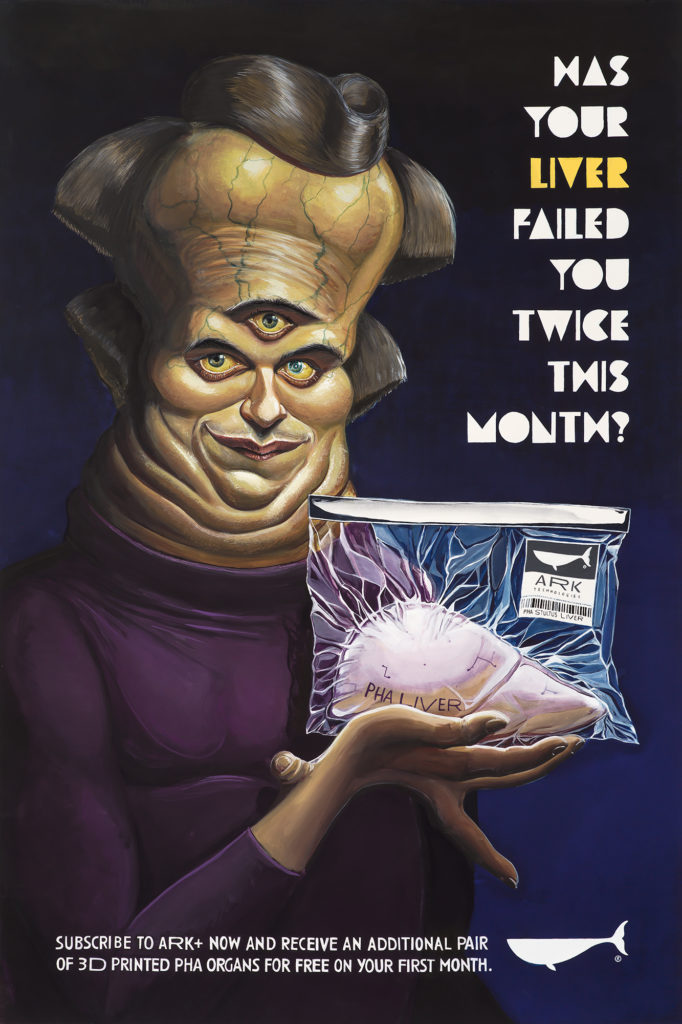
www.obadahaljefri.com
www.instagram.com/artbyobadah


